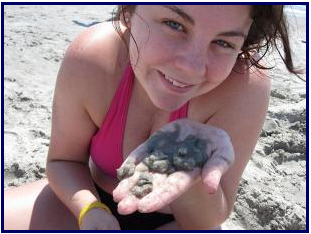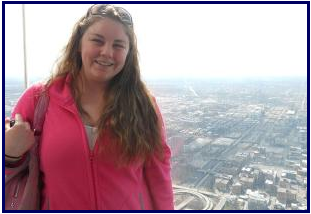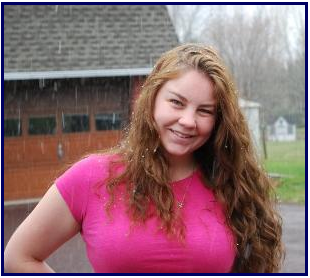



|
Natalie Bockhorst, also referred to as Tali B, is a fifth year senior in the architectural engineering program at The Pennsylvania State University. In May 2012 she will graduate with her B.A.E. with a focus on Construction Management. She actively participates in the Student Society of Architectural Engineers (SSAE) as a mentor member and house head. She has climbed the ranks of the Penn State Student Chapter of the Design Build Institute of America (DBIA), serving as the Vice President and the President during her final two years at Penn State. Due to her accomplishments during her fourth year she was awarded the Hettema Leadership Award. She also is a member in The Student Partnership for Achieving Construction Excellence (S:PACE), Women in Engineering Program (WEP), and Society of Women Engineers (SWE).
Tali spent the summer of 2011 in Fairfax, Virginia, with Balfour Beatty Construction as a purchasing and estimating intern. She learned valuable skills in the preconstruction field that helped further her education. Many of the tasks she completed included mentoring subcontractors, performing take-offs, compiling estimates, and partaking in several bid-days. Tali proved to be a great team player and always up for a challenge.
Although very involved with academics, Tali does find time for her self. She enjoys cooking, baking, cross-stitching, and playing sports.
Interested? Click Here! |
|
A little about Natalie |
|
Advanced Individual Training A.I.T. Barracks |

|
Natalie Bockhorst Construction Management |
|
Fort Eustis, VA |
















|
User Note: While great efforts have been taken to provide accurate and complete information on the pages of CPEP, please be aware that the information contained herewith is considered a work‐in-progress for this thesis project. Modifications and changes related to the original building designs and construction methodologies for this senior thesis project are solely the interpretation of Natalie Bockhorst. Changes and discrepancies in no way imply that the original design contained errors or was flawed. Differing assumptions, code references, requirements, and methodologies have been incorporated into this thesis project; therefore, investigation results may vary from the original design. |
|
This page was last updated on 4/4/2012 by Natalie Bockhorst and is hosted by the AE department ©2011 |






|
Contact |
